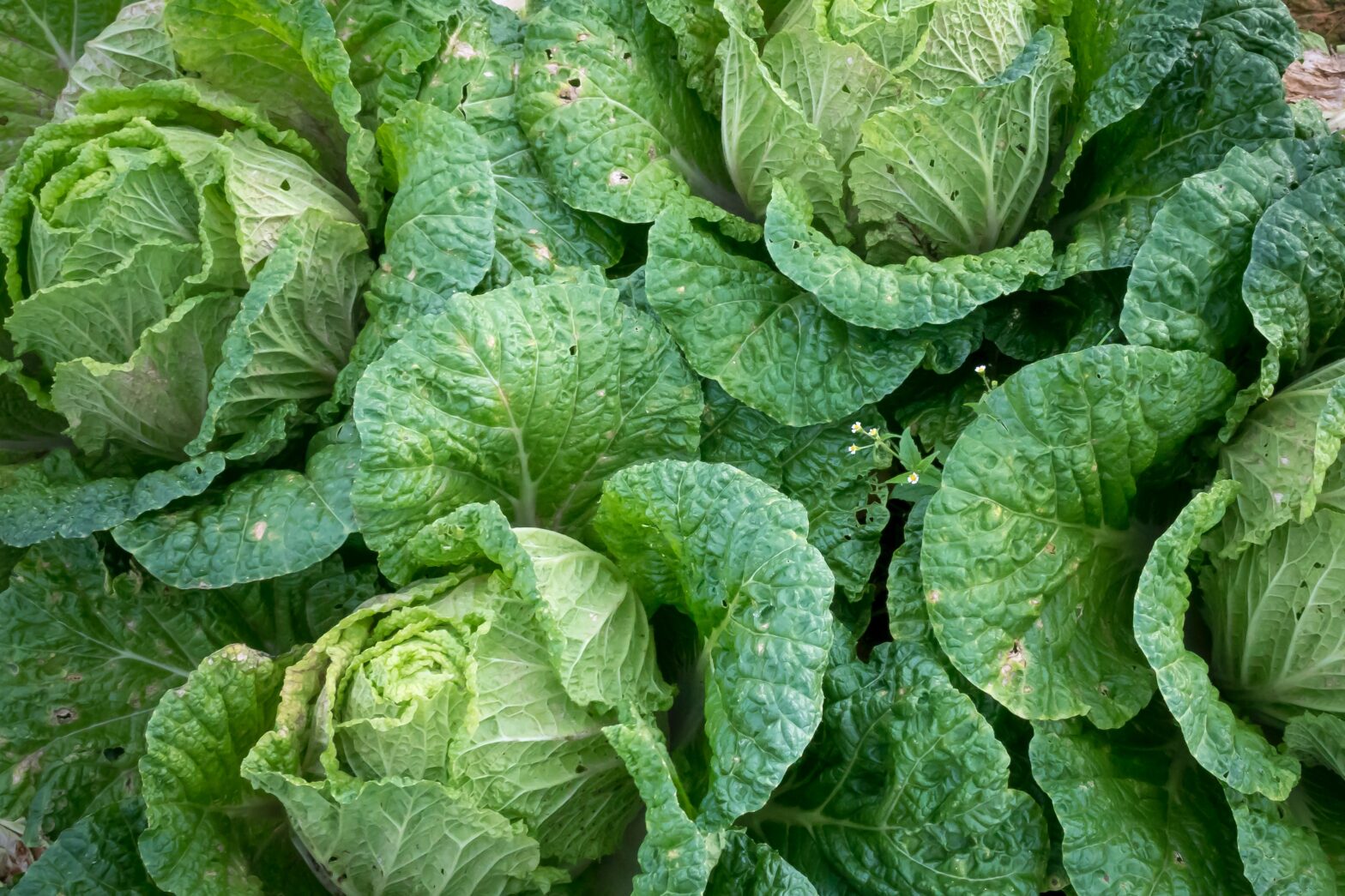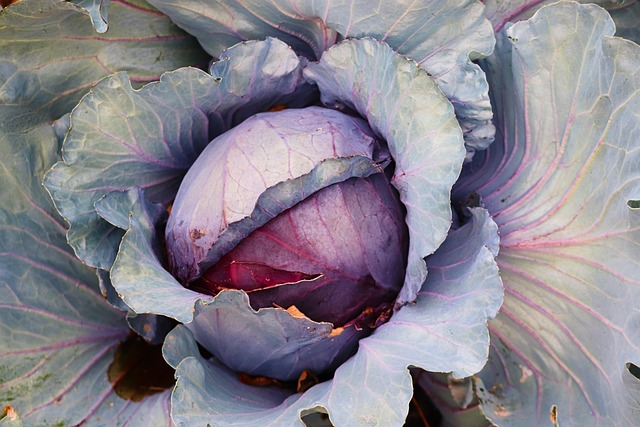Growing cabbage in soil requires proper preparation, care, and attention to ensure healthy plant growth and a successful harvest. Here are some steps to consider when growing cabbage in soil:
- Soil Preparation: Cabbage thrives in well-drained soil that is rich in organic matter. Before planting, prepare the soil by removing weeds, rocks, and debris. Amend the soil with compost or well-rotted manure to improve its fertility and structure. Conduct a soil test to determine pH levels and make any necessary adjustments to maintain a slightly acidic to neutral pH (around 6.0-7.5).
- Seed Selection and Planting: Choose cabbage varieties that are well-suited to your growing region and desired harvest time. Start seeds indoors 4-6 weeks before the last frost date in your area. Sow seeds in seedling trays or pots filled with seed-starting mix, covering them with a thin layer of soil. Once the seedlings have developed 3-4 true leaves, transplant them into the prepared soil outdoors, spacing them according to the recommended distance for the chosen variety.
- Watering and Irrigation: Cabbage requires consistent moisture throughout the growing season. Water the plants deeply but avoid overwatering, as excessive moisture can lead to disease development. Aim to keep the soil evenly moist, especially during dry periods. Mulching around the plants can help retain moisture and suppress weed growth.
- Fertilization: Cabbage is a heavy feeder and benefits from regular fertilization. Apply a balanced fertilizer or a slow-release organic fertilizer before planting and side-dress with additional fertilizer during the growing season. Follow the instructions on the fertilizer package and avoid over-fertilization, as it can lead to excessive leaf growth and poor head formation.
- Pest and Disease Management: Monitor the cabbage plants for common pests such as cabbage worms, aphids, and slugs. Use organic pest control methods like handpicking, row covers, or insecticidal soap to manage infestations. Implement proper crop rotation and practice good garden hygiene to prevent the buildup of diseases such as clubroot or black rot. Consult local gardening resources or extension services for specific pest and disease management strategies in your region.
- Harvesting: Harvest cabbage heads when they have reached maturity and are firm. Cut the heads at the base, leaving a few outer leaves intact. For some varieties, you can harvest individual leaves as needed while allowing the central head to continue growing.
By following these steps and providing appropriate care, you can grow healthy and productive cabbage plants in soil. Remember to adjust your practices based on your specific growing conditions and the recommended guidelines for your cabbage variety.



